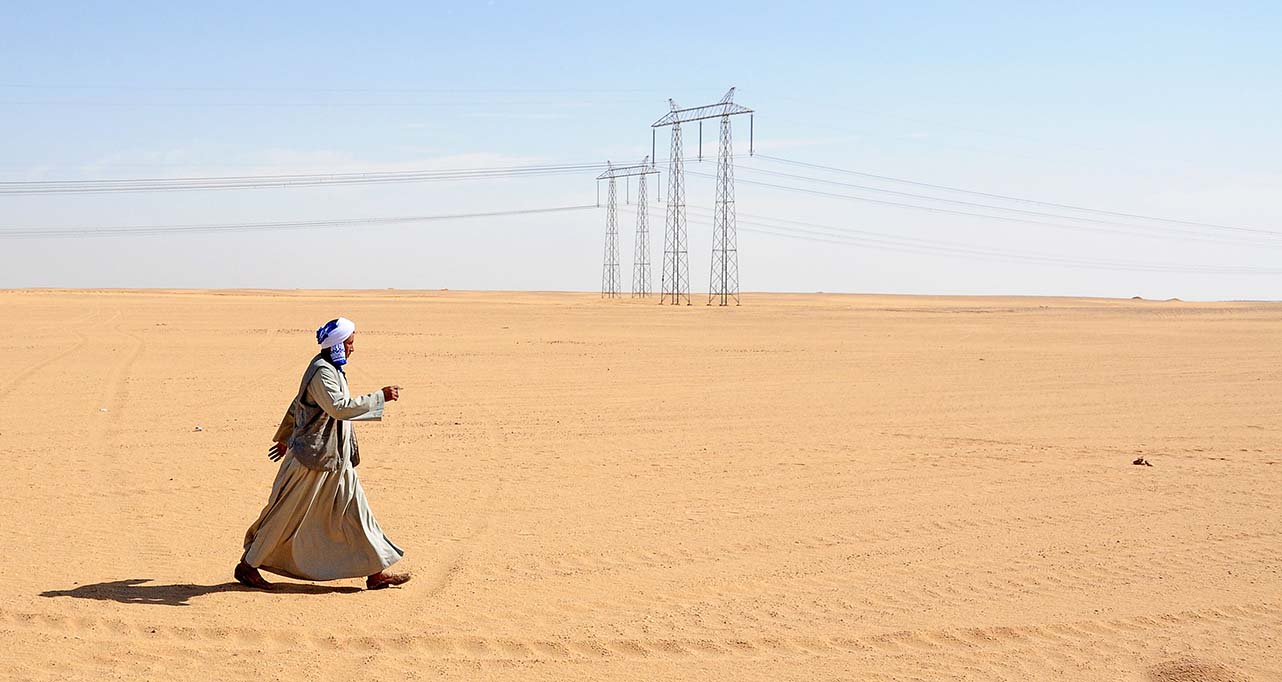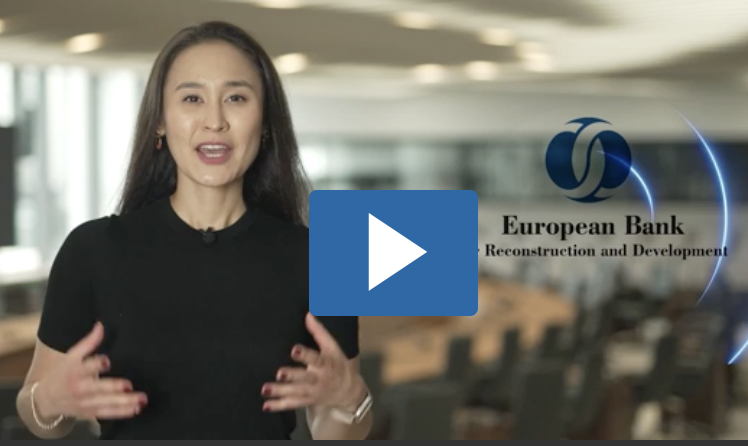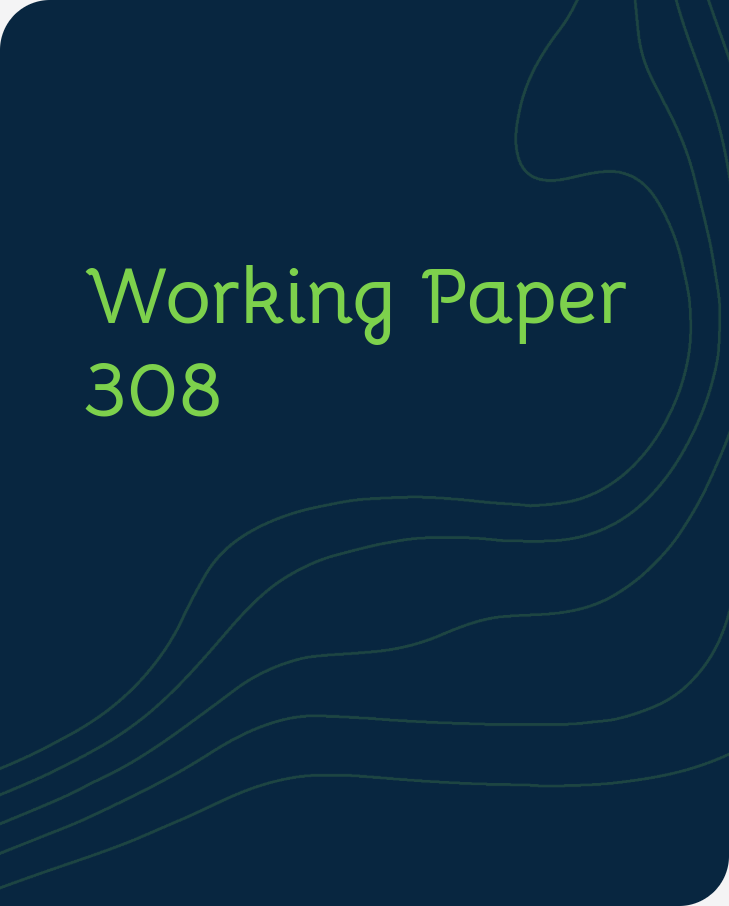Publication
Transition Report
Reform progress and transition indicators
Who we are
Overview: about the EBRDWho we are
Overview: about the EBRD
Learn about the EBRD's journey to investing more than €210 billion in over 7,500 projects.
What we do
Overview: how the EBRD operatesWhat we do
Overview: how the EBRD operates
Through projects, business services and involvement in high-level policy reform, we're doing more than ever before.
Work with us
Overview: how you can work with the EBRDWork with us
Overview: how you can work with the EBRD
We draw on three decades of regional knowledge and financial expertise to tailor our products and approaches to each client's needs.
June, 2025

By Ralph De Haas, Mikhail Mamonov, Alexander Popov and Iliriana Shala
How do violent conflicts shape cross-border lending? Using data on syndicated loans by 14,021 creditors to firms in 179 countries (1989–2020), we document a dual effect: foreign banks reduce overall lending relative to domestic banks but significantly increase financing to military and dual-use sectors during conflicts. This reallocation is stronger among lenders less specialized in the conflict country, more specialized in military lending, and domiciled in politically non-aligned nations. Effects are geographically contained and temporally limited, dissipating post-conflict. Our findings reveal how global banks strategically redirect credit toward military sectors during armed conflicts, despite reducing overall country exposure.
All Working Papers
The Working Paper series seeks to stimulate debate on transition in the EBRD regions.
For media enquiries related to this working paper, please contact Ksenia Yakustidi, Media Adviser at the EBRD’s Office of the Chief Economist
YakustiK@ebrd.com
